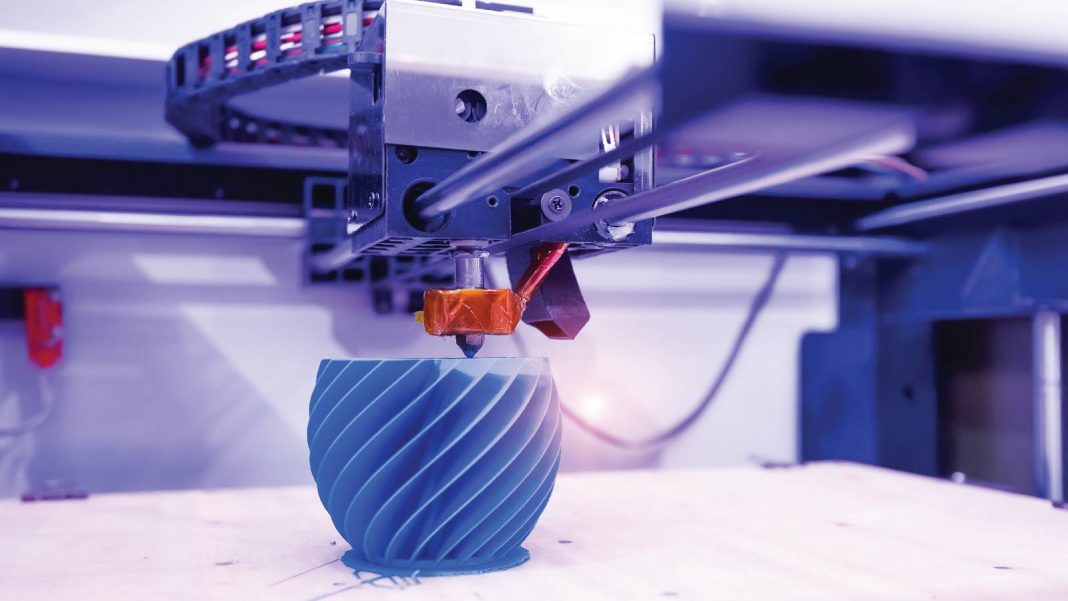With the entrance of big players like HP, Buggati, Adidas, and BMW in the additive manufacturing arena, stakeholders are convinced that 3D printing will bring about a revolution in the manufacturing industry.
3D Printing technology has gone through a cycle of testing, innovation, and application. These developments have grabbed attention as the next big thing in the manufacturing industry.
The annual growth rate for the market is expected to be between 18.2% and 27.2% with the compound annual growth rate (CAGR) averaging at 23.5%. These figures indicate a growth rate that is three times the size of this industry is merely 3 years.
This technology has attracted various categories of end-users such as start-ups, Small, or Medium Enterprises (SME), and hobbyists. The end-user feedback has a significant influence on the changing trends, and continuous improvements have been made not only in the technology but also in the materials used to ensure no compromise made on quality.
For instance, ASTM recently released a set of standards outlining best practices for metal-powder bed fusion processes to ensure its quality for critical applications such as aerospace and medical industry.
Read More: 3D Printing adds to Accuracy, Dimensional Stability, and Better Experience?
Till now, it was being used primarily for prototyping. Hence, Additive Manufacturing (AM) is relatively in its early stages of development.
Traditional manufacturing methods such as CNC machining, sheet metal for metal production or injection molding, and vacuum casting for plastic parts have been in use for many years and therefore assure confidence.
It is important to standardize processes for easy adoption across sectors. Also, the cost of 3D printers and associated infrastructure has come down significantly, fuelling the adoption of 3D Printing technology in batch production of many new products.
International organizations like ISO are also coming up with standards specific to additive manufacturing. In 2019, manufacturers are expected to provide integrated solutions aimed at making 3D Printing smarter for connected factories.
By incorporating IoT capabilities along with 3D Printing, end-users will be able to send commands to 3D printers, and the machines will collect and send the data back in real-time.
Read More: New York Manufacturing Technology Assistance Grant Drives Local 3D Printing Innovation
The choice of available materials for additive manufacturing is continuously expanding. Many new plastics along with machines and procedures for printing with glass, paper, ceramics, wood, cement, graphene, and even living cells developed, to make the 3D printing market more popular.
The transition from traditional ways of manufacturing to 3D printing is not simple. Design engineers need to adopt a new set of rules: it is a move from ‘design for manufacturing’ to ‘design for additive manufacturing.’

